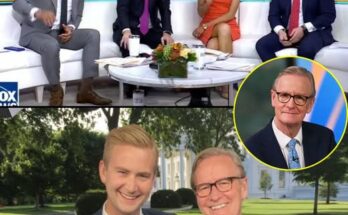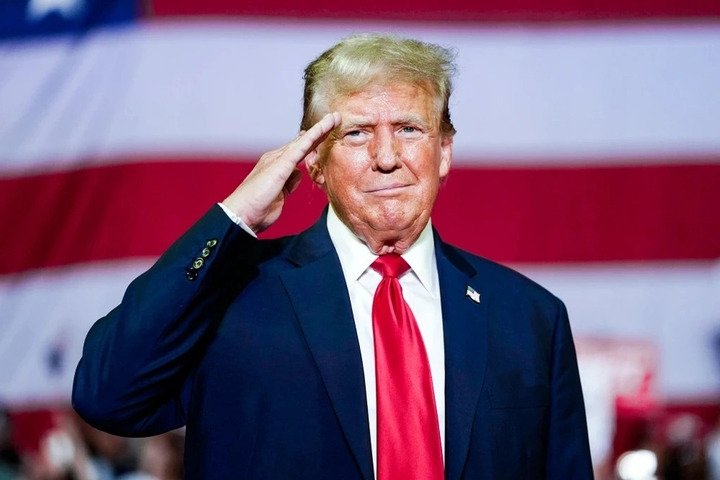
In the age of hyper-partisan politics and 24/7 social media scrutiny, even the clothes worn by public officials can become political flashpoints. This reality recently became apparent when the White House Press Secretary found herself at the center of a heated controversy—not for her words, but for her wardrobe. Images of her wearing what appeared to be a Chinese-manufactured dress during a high-profile White House briefing quickly went viral, igniting criticism and mockery from a broad spectrum of political observers.
### The Dress That Sparked a Storm
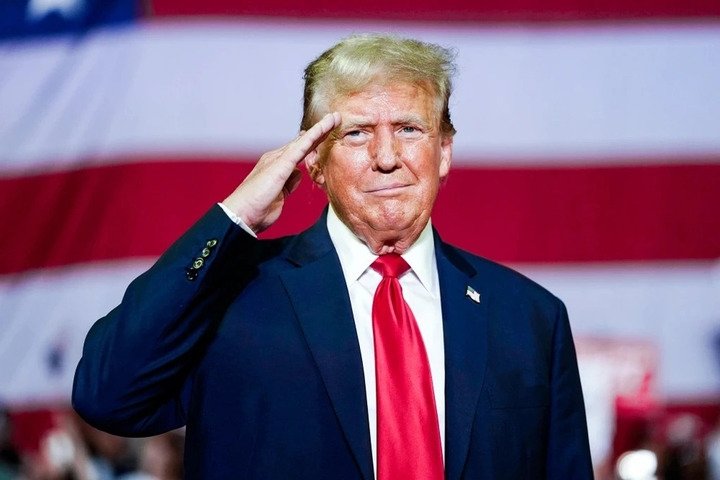
The controversy began when images of the Press Secretary, confidently delivering a press briefing in a sleek, floral-print dress, were shared on social media. Sharp-eyed users quickly identified the design as being sold by a well-known Chinese fashion retailer. Within hours, screenshots were making the rounds, accompanied by sarcastic remarks and political jabs. Critics accused her of hypocrisy, citing the administration’s tough rhetoric on China, especially in matters of trade, cybersecurity, and national security.
### A Question of Optics in Political Messaging
In politics, perception often matters as much as policy. For a member of an administration that has repeatedly criticized China for alleged economic and technological overreach, the visual of a “Made in China” label struck a chord with many. Detractors seized upon the incident, claiming it undermined the administration’s messaging and displayed a lack of self-awareness. The hashtag #ChinaDressGate began trending on X (formerly Twitter), where memes and snide remarks dominated the conversation for several days.
Supporters of the administration, however, pushed back against the criticism. They argued that the uproar was manufactured outrage and a distraction from more pressing national issues. “Are we seriously debating someone’s clothing label instead of inflation, healthcare, or climate change?” one user commented. Still, the controversy underscored the increasingly symbolic role that fashion plays in political communication.
### Fashion as Political Statement
Throughout history, fashion has been used to convey messages—both subtle and overt. From Jackie Kennedy’s chic elegance to Michelle Obama’s championing of American designers, the clothing choices of public figures are rarely just about personal style. In this case, critics claim that the dress symbolized a contradiction between public policy and private choice. To them, wearing a Chinese-made outfit while representing an administration focused on “Buy American” initiatives felt tone-deaf at best, and hypocritical at worst.
Moreover, the debate speaks to a larger tension in American society regarding globalization and domestic manufacturing. While U.S. politicians continue to urge consumers to support American jobs and industries, the reality is that affordable fashion often comes from overseas. This contradiction is not unique to the current administration but is emblematic of a broader disconnect between political ideals and personal behavior.
### The Role of Media in Amplifying Controversies
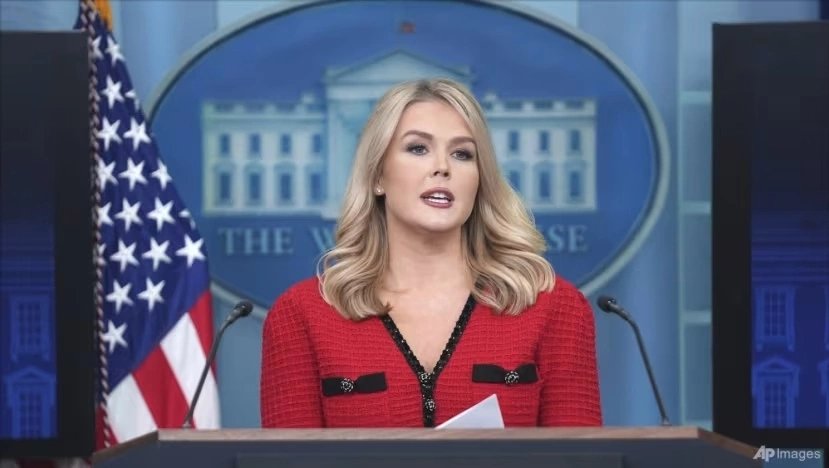
The media played a critical role in amplifying the controversy. Conservative news outlets ran scathing headlines like “White House Talks Tough on China, But Can’t Resist Chinese Fashion,” while progressive voices either defended the spokeswoman or dismissed the issue as trivial. Some columnists, however, acknowledged the nuance—highlighting that fashion choices for public officials are no longer apolitical, especially when symbolic implications are involved.
Cable news segments debated whether the backlash was justified or simply another example of performative outrage. Late-night talk show hosts joined the fray, turning the incident into punchlines that further propelled the story into the public consciousness. What might have once been a non-story became yet another battleground in America’s never-ending culture war.
### Double Standards and Gendered Criticism
Critics of the criticism (so to speak) also pointed out a recurring theme in political commentary: the disproportionate scrutiny faced by women in power. Male officials are rarely, if ever, subject to public ridicule for the brand or origin of their suits or ties. Yet, when a woman in the same position makes a fashion choice, it becomes headline material.
Feminist commentators and political analysts alike noted this gendered double standard. “This is not about the dress—it’s about undermining a woman in power,” said one political commentator on a popular news panel. The broader implication is troubling: women in leadership are often judged more on their appearance than their performance. While the debate over the origin of the dress may appear superficial, it reveals deeper issues about sexism in the political arena.
### The Global Supply Chain Conundrum
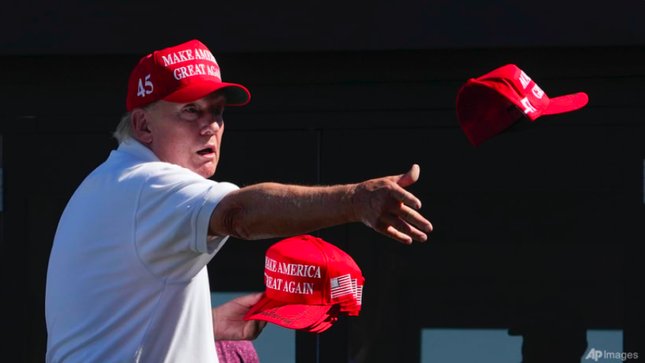
Digging deeper, the controversy touches on a much larger and more complex issue—the global supply chain. Even the most well-intentioned efforts to support domestic manufacturing often run into the harsh reality that many goods, including clothing, are largely produced overseas. The fashion industry, in particular, is heavily reliant on international labor and logistics, making it difficult for consumers—even prominent ones—to ensure that every item they wear aligns with national economic policies.
Economists weighed in, explaining that even if a dress is designed in the United States, components of its fabric or manufacturing may come from multiple countries. “The idea of 100% American-made products is more complicated than many people assume,” one trade analyst noted. As such, the backlash against the White House spokeswoman may have been based on an oversimplified view of how global commerce works.
### The Administration’s Response—or Lack Thereof
Interestingly, the White House did not issue an official response to the incident. The Press Secretary herself remained composed, refusing to address the social media frenzy during subsequent briefings. Her silence may have been a calculated move—refusing to validate what many within the administration likely viewed as a baseless distraction.
Still, the lack of acknowledgment did not stop the conversation. In fact, it left room for speculation and assumptions, further fueling the narrative that something was amiss. Political opponents leveraged the silence as tacit admission of wrongdoing, while supporters praised the Press Secretary for refusing to be baited into unnecessary drama.
### The Broader Cultural and Political Context
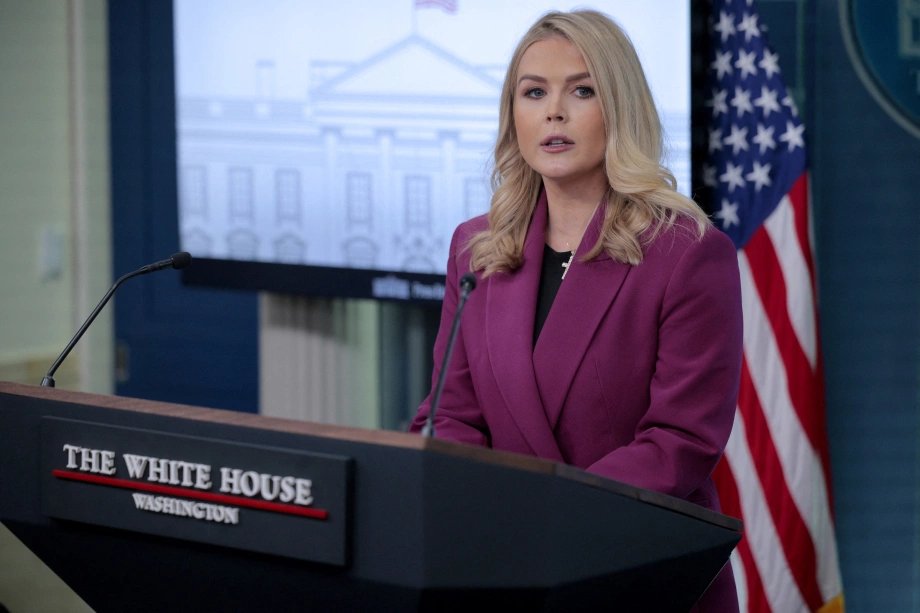
This incident cannot be divorced from the larger cultural moment. America is increasingly polarized, with every action by a public figure viewed through partisan lenses. Clothing, food choices, vacation destinations—all have become symbols in a never-ending ideological war. The dress controversy is merely the latest in a series of similar moments, where seemingly mundane decisions are interpreted as political statements.
From Alexandria Ocasio-Cortez’s “Tax the Rich” dress at the Met Gala to Melania Trump’s infamous “I Really Don’t Care, Do U?” jacket, fashion has long been intertwined with political messaging. The key difference now is the speed and intensity of online reactions. In mere minutes, a single image can spark a global debate, revealing both the power and the perils of the digital age.
### Lessons Learned and the Path Forward
If there is a takeaway from this episode, it is the need for greater media literacy and perspective. Yes, symbolism matters in politics. But so too does context. Mocking someone for wearing a Chinese-made dress while ignoring the complexities of global trade or the everyday challenges of wardrobe selection for public officials oversimplifies a nuanced issue.
Going forward, perhaps we should ask more meaningful questions: Are policies effective? Are officials transparent and accountable? Are they serving the public interest? If fashion choices must be part of the political conversation, let them serve as entry points to broader discussions about globalization, economic policy, and ethical consumption.
### Final Thoughts
The mockery directed at the White House spokeswoman over a “Made in China” dress is a microcosm of today’s political climate—charged, reactionary, and deeply polarized. It highlights how symbols can quickly overshadow substance and how women in politics continue to face unique challenges. Most importantly, it underscores the need for a more thoughtful and informed public discourse.
In a world where a dress can become a national talking point, perhaps the real question isn’t what she wore—but what we choose to focus on.


